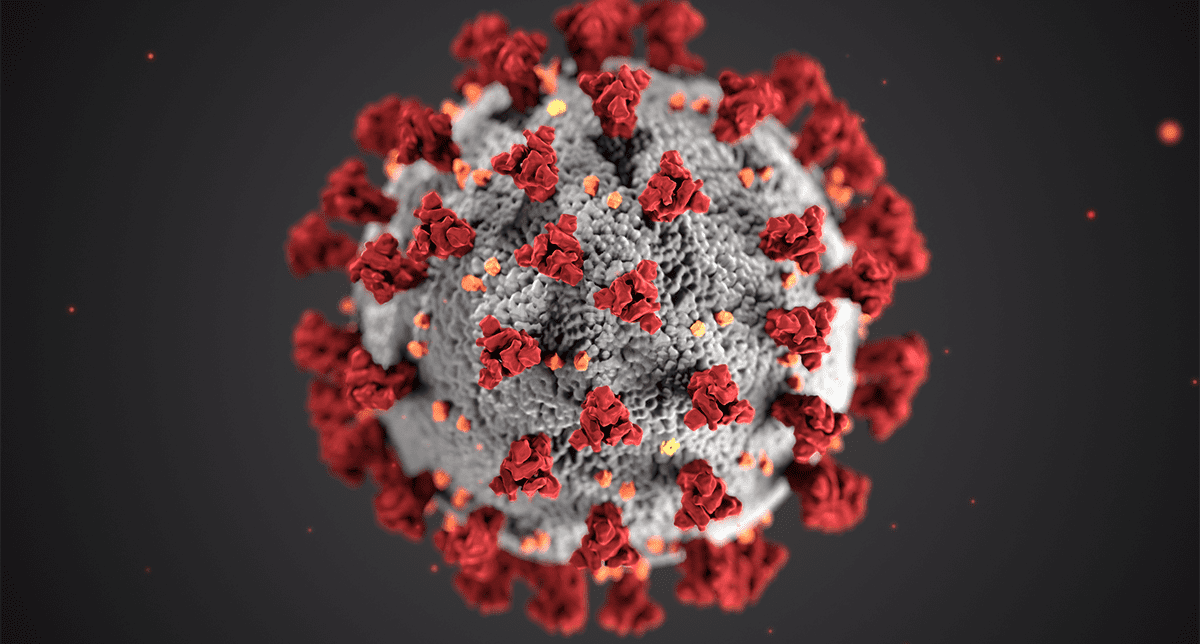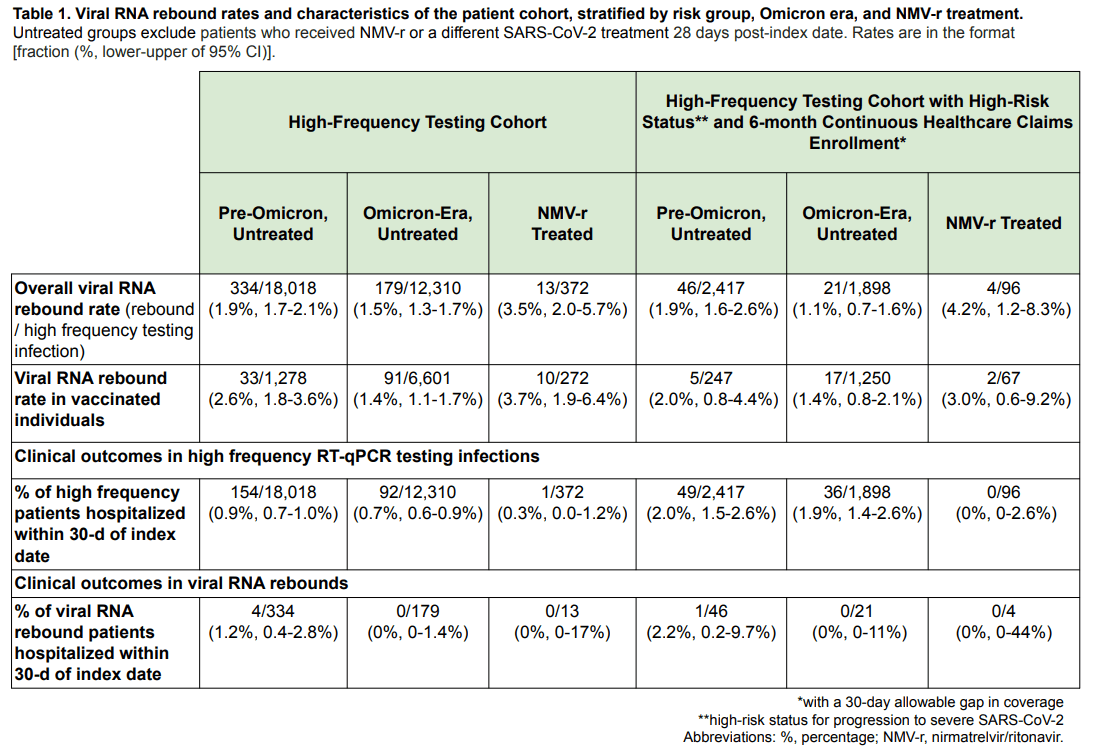Insights from IDWeek 2023: Viral SARS-CoV-2 rebound in untreated and anti-viral treated patients

According to the CDC1, COVID ‘rebound’ is characterized by a recurrence of symptoms after initial recovery and may be a part of the natural history of SARS-CoV-2 infection in some patients, regardless of antiviral treatment or vaccination status. However, viral SARS-CoV-2 rebound has not been well characterized across different subpopulations or large cohorts outside clinical trials. The uncertainty may have led to under-utilization of nirmatrelvir/ritonavir (NMV-r) treatment (PaxlovidTM) in infected patients.
A new Real-World Evidence (RWE) analysis conducted by Helix using our Viral Early Warning Network (ViEW NetworkTM) in partnership with Pfizer analyzes the rate of viral SARS-CoV-2 rebound in patients treated with NMV-r compared to untreated patient populations.
The research was presented as a poster during IDWeek in October 2023 in Boston, MA. IDWeek is an annual meeting that gathers infectious disease professionals from around the globe to talk about the latest scientific research and clinical care.
A real-world dataset for examining rebound
From a total clinical data set of >1.1M RT-qPCR test results over a period of two years, the researchers built a cohort consisting of >30K ‘high-frequency testers,’ tokenized and linked to healthcare claims data of antiviral prescriptions from a retail pharmacy-based setting.
The patient population was testing at a high frequency (three tests within 28 days of first positive test and median interval of no more than 10 days between tests), including at least one positive test. Patients were divided into antiviral treated and untreated groups based upon the prescription filled data.
This is the first study to combine testing data with claims data to generate RWE about viral rebound following SARS-CoV-2 infection.
Viral rebound rates and key takeaways
A. The research showed that SARS-CoV-2 rebound occurs at a numerically higher rate in NMV-r treated infections (3.5%) compared to untreated infections (1.5%) over the same time period.

B. Hospitalization rates were higher in untreated high-risk patients (1.9-2.0%) compared to NMV-r treated (0%). Although the sample sizes for patients treated with NMV-r and/or patients exhibiting rebound are small, hospitalization for treated patients occurred with similar frequency in pre-Omicron infections with and without viral rebound.
C. Most occurrences of SARS-CoV-2 rebound are associated with low viral RNA levels and rarely result in progression to severe disease.
Download the poster from IDWeek 2023 to learn more about this study.
RWE insights have never been more important in drug and vaccine research. Our ViEW NetworkTM generates a unique real-world datastream consisting of prospective and retrospective EHR from in/outpatients presenting with respiratory infections, linked to high-quality viral sequence data for ~30 respiratory viruses. To learn more about how this data can support your research goals, get in touch with us here.
- COVID-19 rebound after Paxlovid treatment. CDC. HAN; 467. May, 24, 2022